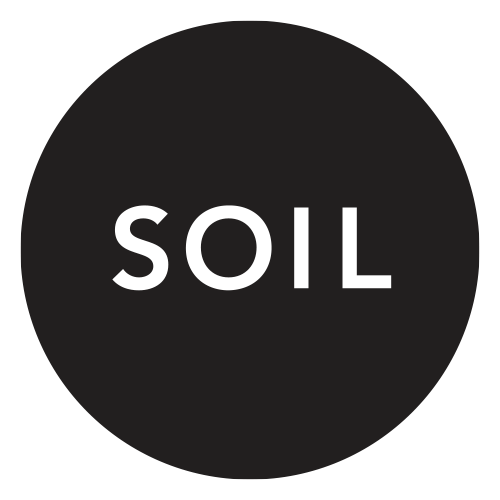April 2001 / 6 Really Great Round Beakers
6 Really Great Round Beakers
Installation views.
Photos: Jeff DeGolier
Curator / Craig Miller
6 Really Great Round Beakers
Tyler Cufley
Paul Davies
Mark Johnson
Craig Miller
Sean Miller
Jake Woland
April 7-29, 2001
Location / 1205 E. Pike
Procedure for use of dedicated beakers – 10% accurate
If needed, clean tweezers in DI/microclean and methanol.
Get blue tray with supplies out.
Connect sockets and turn on vacuum pump (if wand is wet, make sure to dry completely and get all liquid and cuttings into sealed vials before starting&nash;there are three plugs and six sockets). Center chairs opposing the regulated wall. Do not reposition once contact is made since the contact leaves marks in the active area. Open the floor and attach directly to the understructure. Make sure that it is firmly attached by tapping all corners with tweezers before immersing it in the organic solution. Heat clay (use only the tweezers stored with the glue to touch) in a wooden ladder-form boat on the hot plate under the mirror (setting 3). The temperature should be about 83F as measured by the small coil thermometer. Put a moderate chunk (about 1.5mm) of clay on slide–it should melt rapidly.
Use 4 batteries chained together–this is 90 V. Verify voltages if there is any doubt. Bring positive lead in contact with one corner of the Grass Patch, and then bring negative lead near another corner without making contact with the turf. You should hear bubbles forming as you run your hands across the surface, and should see a color change begin to occur. Move both electrodes to other corners to grow a more even oxide.
Do 3x3 minutes of rinsing of the acetone beaker.
Hang plaster eggs at will.
Do 3x3 minutes of rinsing in the methanol beaker.



